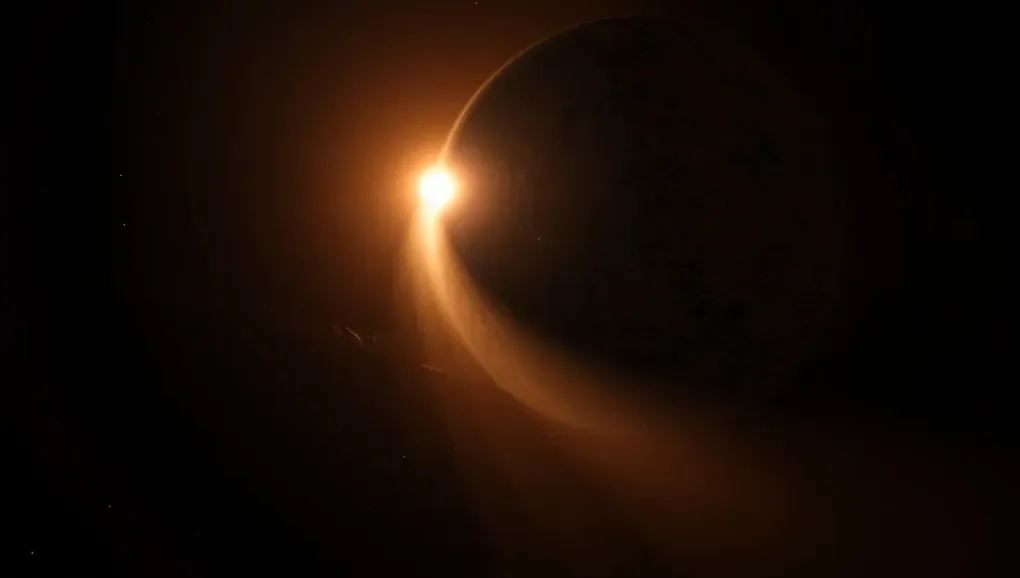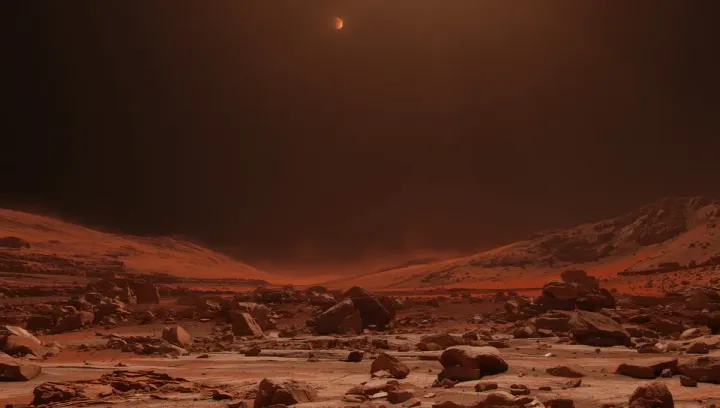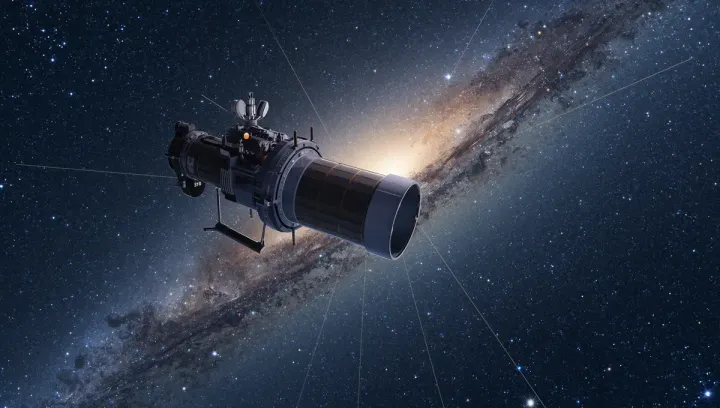
The Mystery of the Disappearing Planet at Alpha Centauri
Astronomers using the James Webb Space Telescope found strong evidence for a gas giant orbiting Alpha Centauri A, the closest Sun-like star to our solar system. The potential planet, estimated to be the size of Saturn, was detected in one set of observations but seemed to vanish in subsequent ones. This isn’t a case of a planet actually disappearing, but rather a fascinating orbital puzzle. Computer models suggest the planet is on a highly elliptical path, and for part of its orbit, it moves too close to its star to be seen by Webb. This post delves into the challenging observations, the “now you see it, now you don’t” nature of the planet, and what it means to find a world in such a chaotic binary star system.
### A Glimpse in Our Cosmic Backyard
The Alpha Centauri system, at just 4 light-years away, is our closest stellar neighbor. It’s a triple-star system, with two Sun-like stars (Alpha Centauri A and B) orbiting each other, and a more distant red dwarf, Proxima Centauri. While planets have been confirmed around Proxima, finding a world orbiting the much brighter main stars has been an immense technical challenge. Their intense glare tends to wash out the faint light of any orbiting planets.
### Webb’s High-Tech Eclipse
To overcome this, astronomers used the Mid-Infrared Instrument (MIRI) on the James Webb Space Telescope. They employed a coronagraph, a specialized mask that blocks the direct light from the star, creating a kind of artificial eclipse. In their initial observations of Alpha Centauri A, this technique paid off spectacularly. After carefully subtracting the remaining starlight, they revealed a faint object—a potential planet over 10,000 times dimmer than its star.
### The Case of the Vanishing World
The excitement of the initial detection was quickly followed by a puzzle. When Webb observed the system again months later, the object was gone. This led to the mystery of the “disappearing planet.” However, the team didn’t believe it was an artifact or a fluke. The initial detection was too strong.
To solve the mystery, the research team, including Ph.D. student Aniket Sanghi of Caltech, turned to computer simulations. They modeled millions of potential orbits for the planet, taking into account the gravitational pull of the companion star, Alpha Centauri B.
### An Elliptical Hide-and-Seek
The most likely explanation is that the planet is not in a near-circular orbit like Earth, but a highly elliptical (oval-shaped) one. For part of its journey, it swings far enough away from its star to be visible to Webb’s sensitive instruments. But for the rest of its orbit, it moves back into the star’s intense glare, becoming completely hidden from view. According to the team’s models, in about half of the possible stable orbits, the planet would have been invisible during the follow-up observations. The planet isn’t gone; it’s just playing a cosmic game of hide-and-seek.
If confirmed, this Saturn-mass gas giant would be a remarkable discovery. Its very existence in such a chaotic binary system challenges our understanding of how planets form and survive. It would become a cornerstone for exoplanet science, offering an unparalleled opportunity for study by Webb and future observatories.
Source: Based on the news release from NASA’s Jet Propulsion Laboratory.


